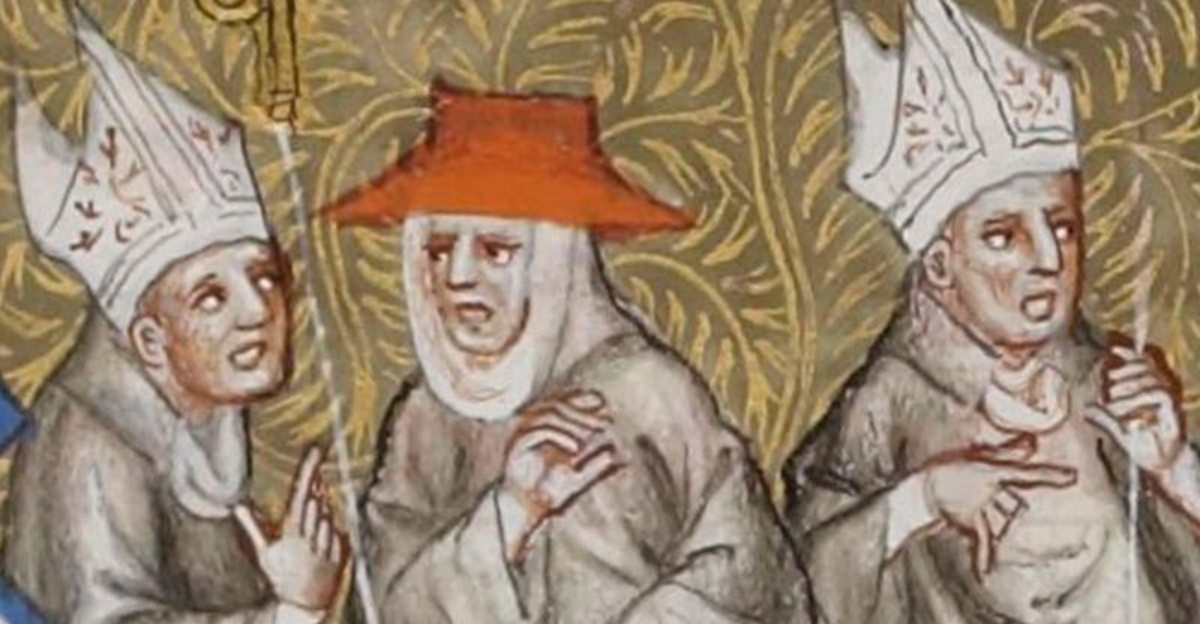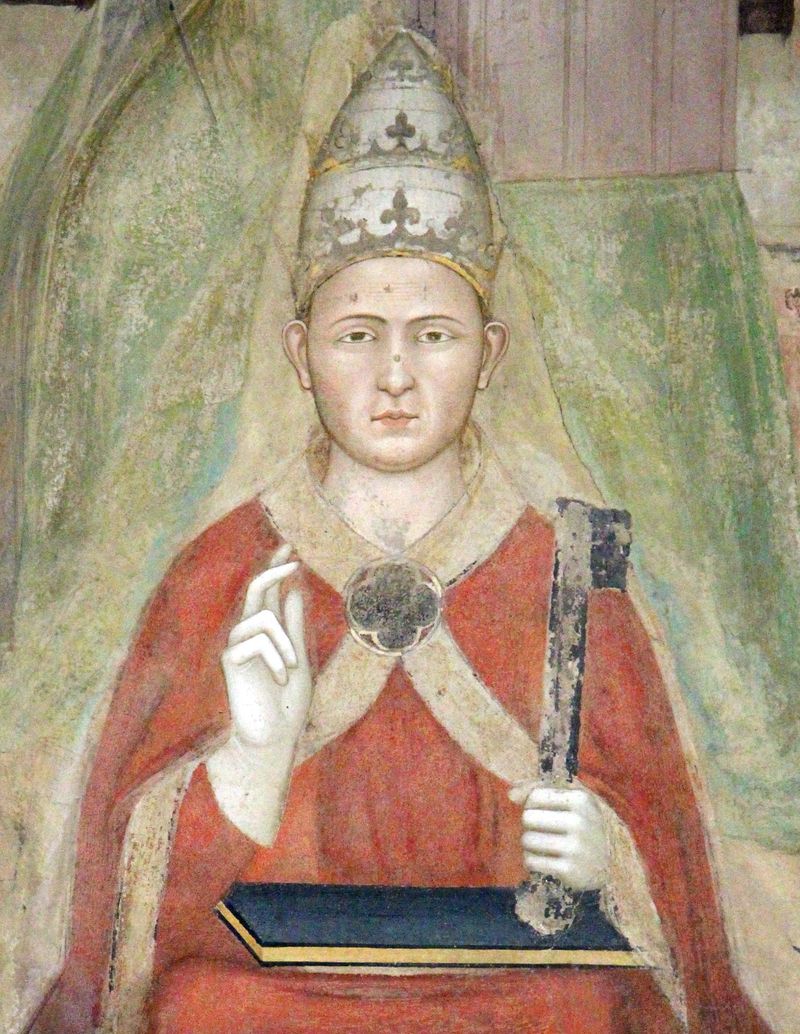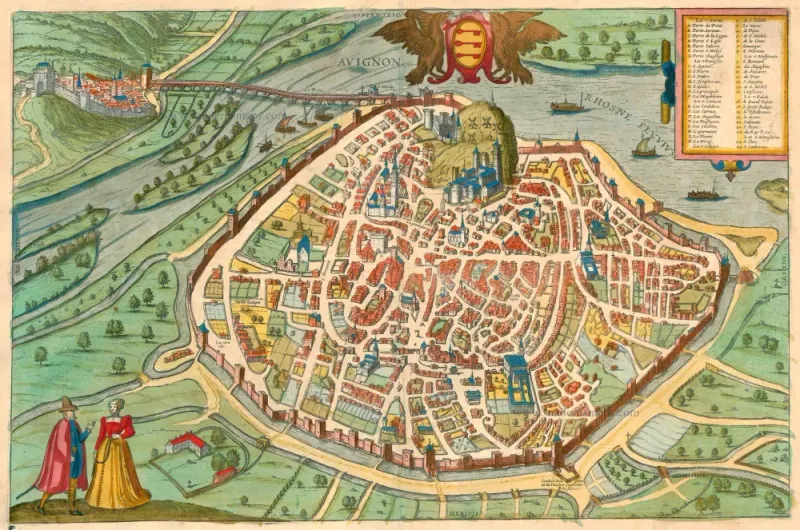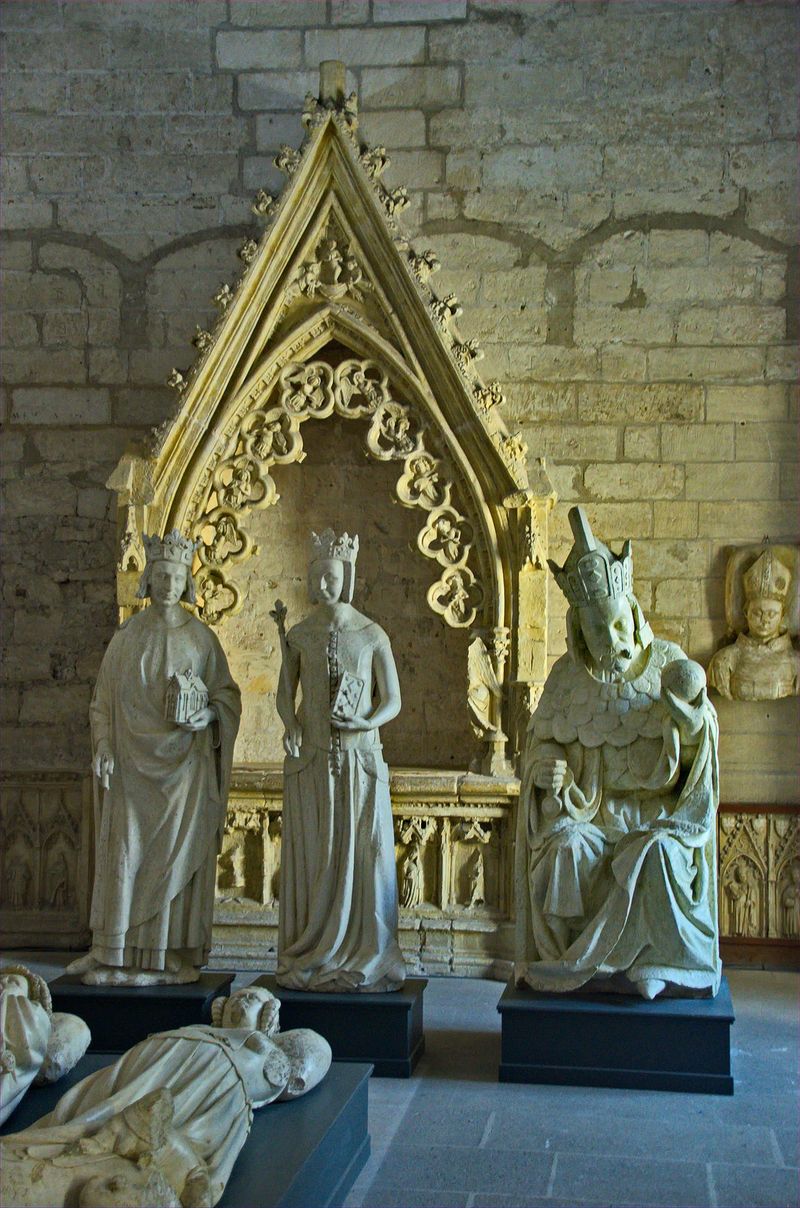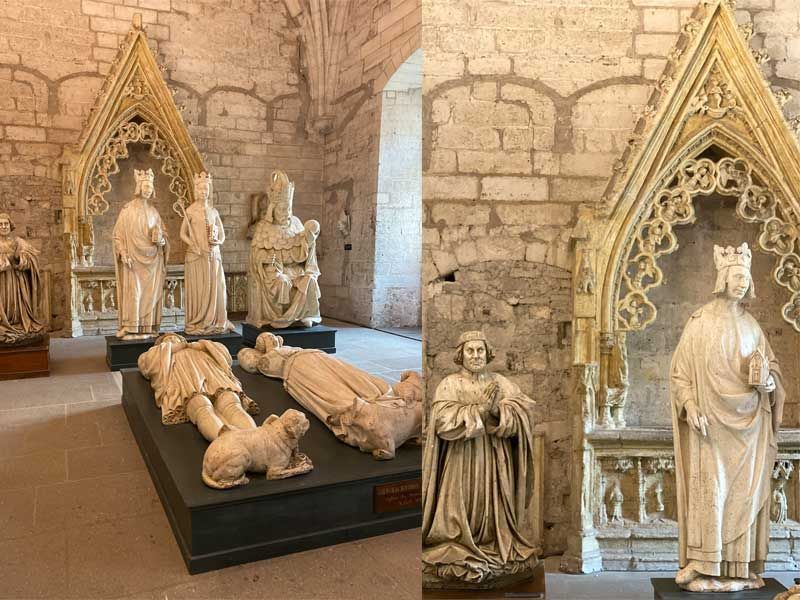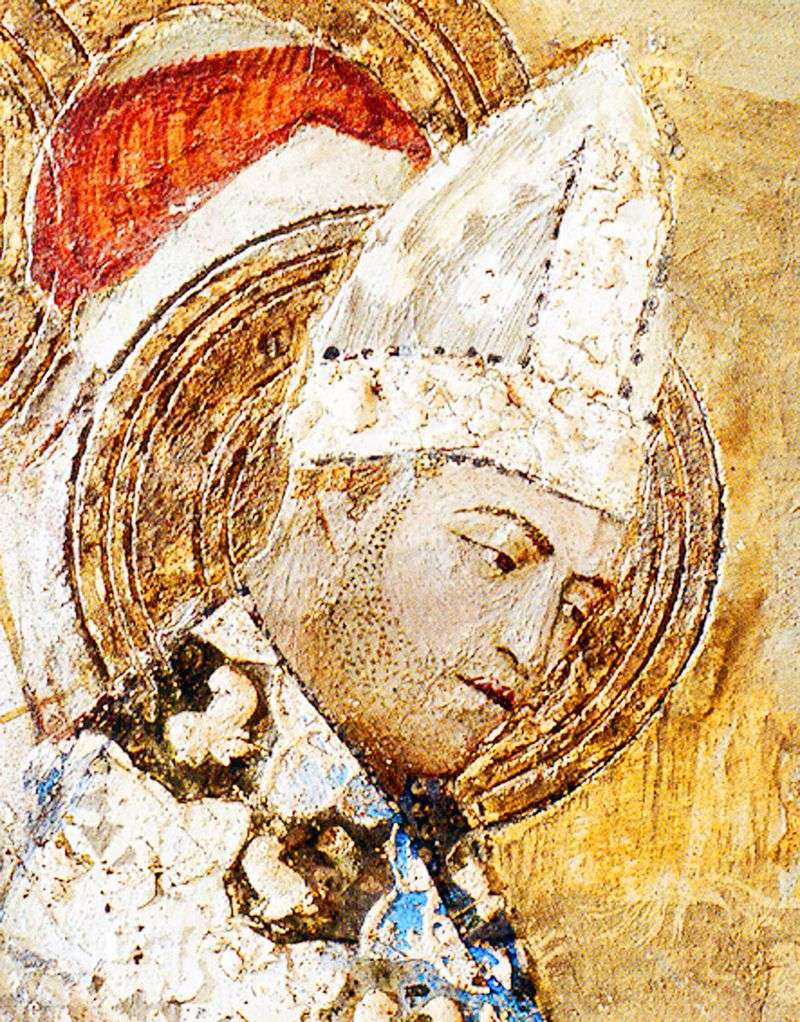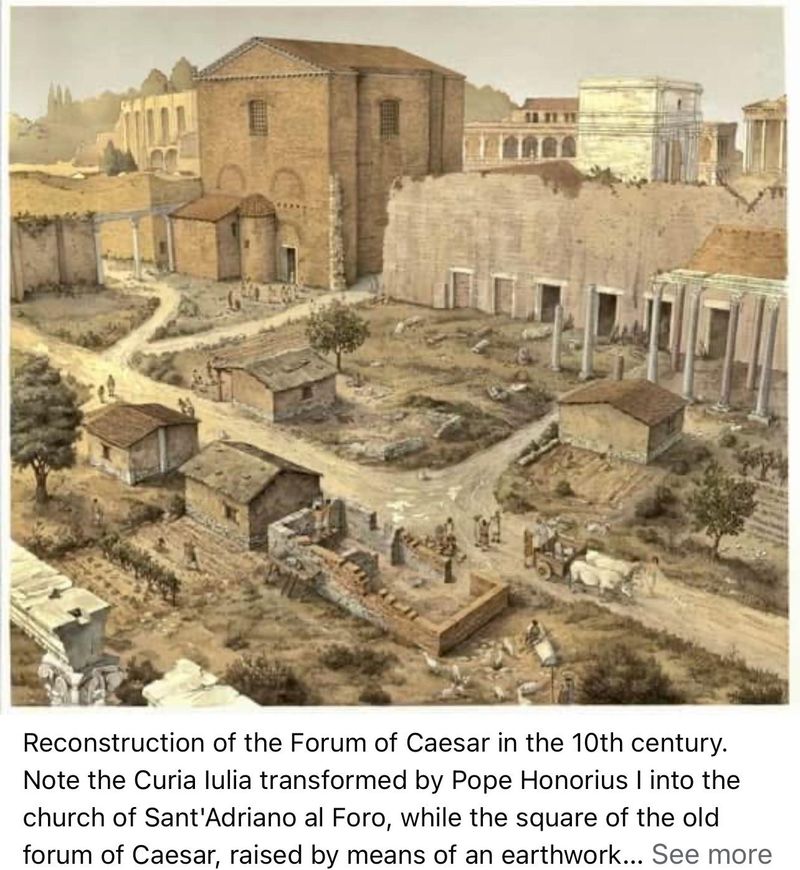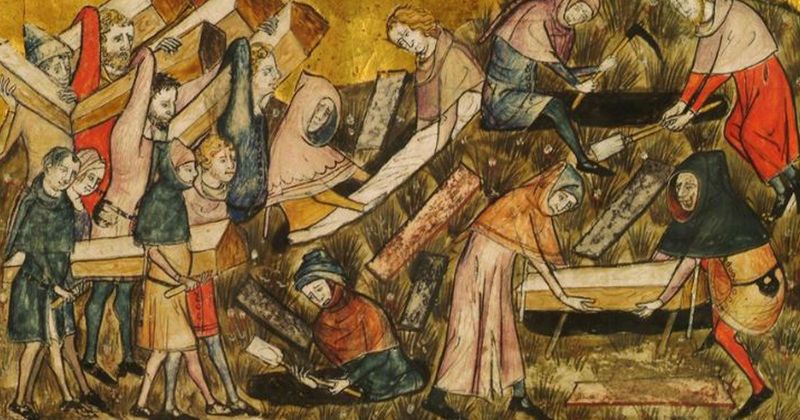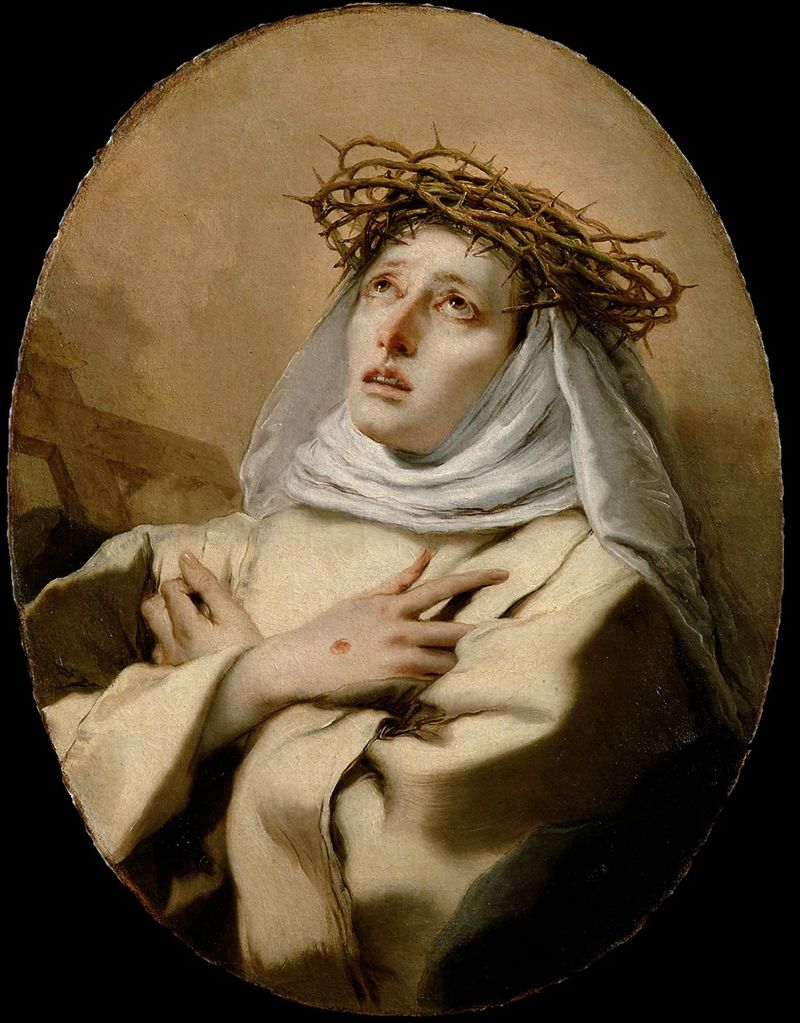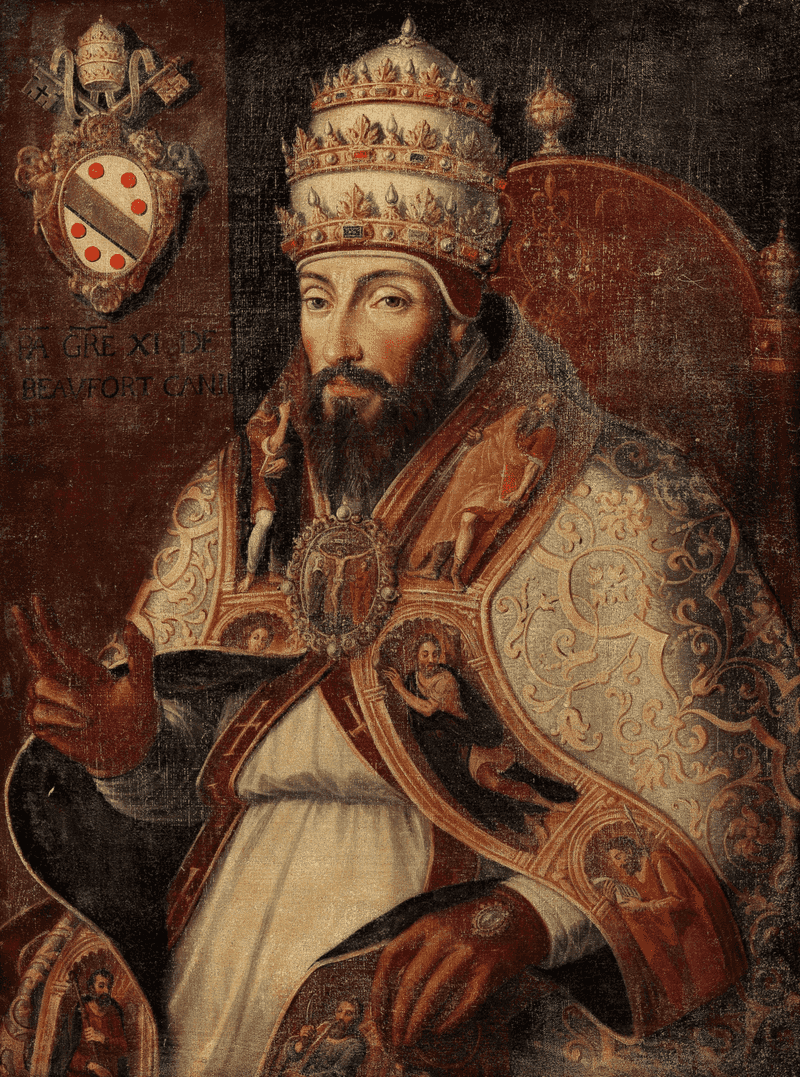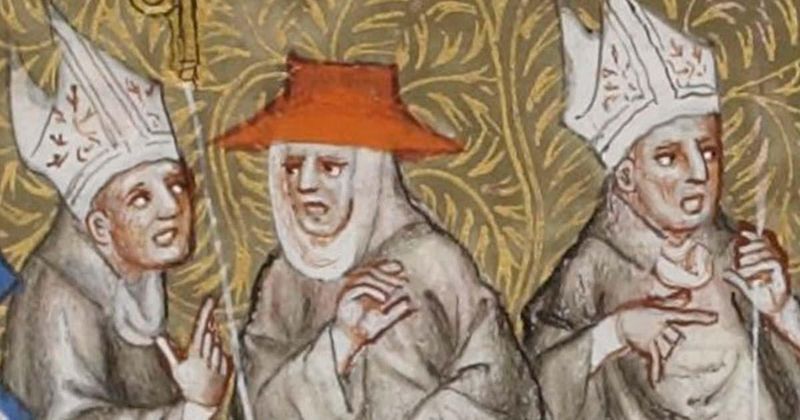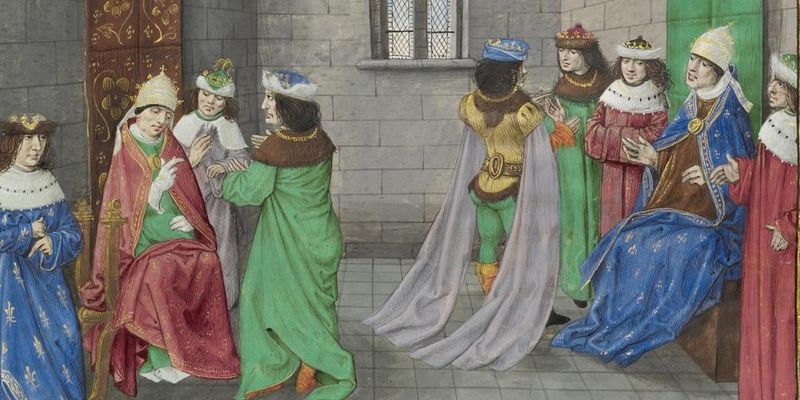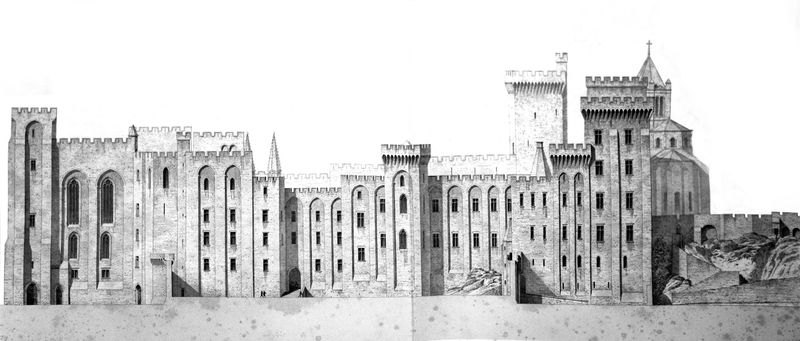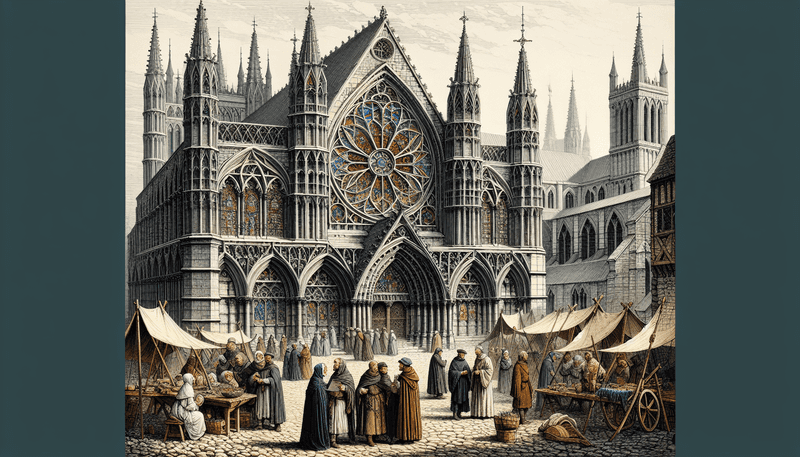Between 1309 and 1377, something incredible happened that shook the entire Christian world. The Pope, who had always lived in Rome, suddenly moved to Avignon in southern France.
This wasn’t just a simple relocation – it was a political crisis that turned the Catholic Church upside down.
For nearly 70 years, French kings controlled the Pope like a puppet, leading to corruption, chaos, and a split that almost destroyed Christianity forever.
1. The Pope Became a Political Puppet
Pope Clement V never planned to become France’s prisoner, but that’s exactly what happened in 1309. King Philip IV of France had already fought bitter battles with previous popes, and he wasn’t about to let another one slip away.
Though Clement could walk freely around Avignon, everyone knew the truth. The French king pulled all the strings, making decisions that should have belonged to the Church alone.
This arrangement turned the Pope from God’s representative into a royal employee. Catholics across Europe watched in horror as their spiritual leader bowed to political pressure instead of divine guidance.
2. Avignon Wasn’t Even French Territory
Here’s a mind-bending fact that most people don’t know: Avignon technically belonged to the Holy Roman Empire, not France. The city sat right on the border, speaking French and following French customs, but officially answering to a different ruler entirely.
This clever location gave the French king perfect cover for his scheme. He could control the Pope without technically kidnapping him to French soil.
The Holy Roman Emperor couldn’t complain too loudly either, since Avignon’s residents clearly preferred French culture. This geographic loophole allowed one of history’s greatest religious scandals to unfold without starting a major war.
3. Seven French Popes Ruled in a Row
Forget about international representation – the Avignon Papacy became an exclusively French club. Seven consecutive popes, all born in France, occupied the throne during this period.
Even worse, these popes appointed mostly French cardinals to help them rule. The College of Cardinals, once representing Catholics worldwide, turned into a French government committee.
Christians in England, Germany, Italy, and Spain felt completely abandoned by their Church. How could a French pope truly understand the needs of English farmers or German merchants? This ethnic takeover damaged the Catholic Church’s reputation as a universal religion for all people, regardless of nationality.
4. Corruption Reached Unimaginable Heights
The Avignon court made corruption into an art form, inventing creative new ways to squeeze money from Christians everywhere. They created taxes like “Annates,” forcing new bishops to hand over their first year’s entire salary to the Pope.
Church positions went to the highest bidder rather than the most qualified candidates. Wealthy families could literally buy their way into religious leadership roles.
Meanwhile, the papal court lived like kings, throwing lavish parties and building magnificent palaces. Poor Christians across Europe watched their donations fund French luxury instead of helping the needy or spreading God’s word.
5. Papal Nepotism Spiraled Out of Control
Pope Clement VI turned family favoritism into official papal policy, appointing relatives to powerful positions throughout the Church hierarchy. His nephews, cousins, and family friends suddenly found themselves running important religious offices.
These family appointments had nothing to do with spiritual qualifications or religious devotion. Blood relation became more important than biblical knowledge or moral character.
Other Avignon popes followed Clement’s example, creating a papal aristocracy based on family connections rather than merit. This practice outraged faithful Christians who expected their Church leaders to earn positions through prayer, study, and service to God rather than lucky genetics.
6. Rome Became a Lawless Wasteland
Without the Pope’s presence, Rome transformed from Christianity’s shining capital into a dangerous ghost town. Bandits roamed the streets, nobles fought private wars, and ancient churches crumbled from neglect.
The once-mighty city lost its economic foundation as pilgrims stopped visiting and papal money flowed to France instead. Unemployment skyrocketed, forcing many Romans to flee their ancestral home.
Wild animals actually moved into abandoned buildings near the Vatican. The Eternal City, which had survived barbarian invasions and plagues, nearly died from papal abandonment. This collapse shocked medieval Europeans who considered Rome the center of their world.
7. The Black Death Struck Avignon Hard
The devastating Black Death plague hit Avignon in 1347, turning the papal city into a nightmare of death and desperation. Bodies piled up faster than gravediggers could bury them.
Pope Clement VI made an unprecedented decision: he consecrated the Rhône River itself as holy ground. This allowed desperate residents to throw plague victims directly into the water when cemeteries overflowed.
Imagine floating corpses filling a major river because normal burial became impossible. The Pope also granted special permissions for mass graves and simplified funeral rites. Even God’s representative on Earth couldn’t escape the horror that killed one-third of Europe’s population.
8. Catherine of Siena Challenged Papal Authority
A young Italian mystic named Catherine dared to lecture the Pope about his duties, writing bold letters demanding his return to Rome. This wasn’t just unusual – it was revolutionary for a woman to challenge papal decisions.
Catherine traveled personally to Avignon, confronting Pope Gregory XI face-to-face about abandoning Rome. Her passionate arguments and reported divine visions gave her words incredible power.
Amazingly, her pressure campaign worked. Gregory XI finally agreed to move the papacy back to Rome in 1377, ending nearly 70 years of French control. Catherine proved that sometimes ordinary people could change the course of history through determination and faith.
9. The Return to Rome Created Chaos
Pope Gregory XI’s 1377 return to Rome should have ended the crisis, but instead it triggered an even bigger disaster. When Gregory died shortly after arriving, the papal election exploded into conflict.
Cardinals elected Urban VI as the new pope, but his harsh personality sparked immediate rebellion. The French cardinals declared his election invalid and chose their own pope back in Avignon.
Suddenly, Christianity had two men claiming to be the true Pope – one in Rome and one in Avignon. This “Western Schism” split Catholic Europe into opposing camps, with different kingdoms supporting different popes. The solution created a problem worse than the original crisis.
10. Three Popes Claimed Power Simultaneously
The papal crisis reached peak absurdity when the Council of Pisa elected a third pope in 1409, hoping to end the schism between Rome and Avignon. Instead of solving anything, this created an unprecedented mess.
Three different men now claimed to be God’s representative on Earth. Each pope excommunicated the others, leaving confused Christians wondering which one to obey.
European kingdoms picked sides like choosing teams for a game, except the stakes involved eternal salvation. France supported Avignon, Italy backed Rome, and various other nations chose the Pisan pope. This three-way split made the Catholic Church look ridiculous to both believers and enemies.
11. Papal Infallibility Lost All Credibility
How could the Pope be infallible when nobody knew which Pope was real? This fundamental question shattered Catholic theology and left believers questioning everything they’d been taught about papal authority.
If God truly guided papal decisions, why did multiple popes contradict each other? The competing claims made divine guidance seem impossible or inconsistent.
Ordinary Christians lost faith in papal pronouncements, while scholars began questioning the entire concept of papal supremacy. This theological crisis weakened Church authority for centuries and planted seeds of doubt that would eventually fuel Protestant Reformation movements. The damage to papal credibility proved nearly impossible to repair.
12. The Papal Palace Was Built Like a Fortress
The massive Palais des Papes in Avignon resembled a military castle more than a religious residence, with thick walls, defensive towers, and fortified gates designed to withstand sieges.
This fortress-like design revealed the Pope’s deepest fears about his safety and legitimacy. A truly confident spiritual leader wouldn’t need such heavy military protection.
Today, visitors can still see this imposing structure, one of Europe’s largest Gothic buildings. The palace’s martial architecture tells the story of a papacy under siege, both politically and spiritually. Every stone wall and defensive feature reminds us that the Avignon popes lived in constant fear of their enemies.
13. The Damage Lasted for Centuries
The Avignon Papacy and Western Schism created wounds that never fully healed, permanently damaging the Catholic Church’s reputation and authority across Europe.
Protestant reformers like Martin Luther pointed to this crisis as proof of papal corruption and illegitimacy. The scandals of Avignon became powerful ammunition for Church critics and rebels.
Even after the schism ended in 1417, many Europeans remained skeptical of papal claims to spiritual supremacy. The crisis had shown that popes could be just as political, greedy, and fallible as any other rulers. This loss of mystical authority made future religious rebellions much easier to justify and organize.
